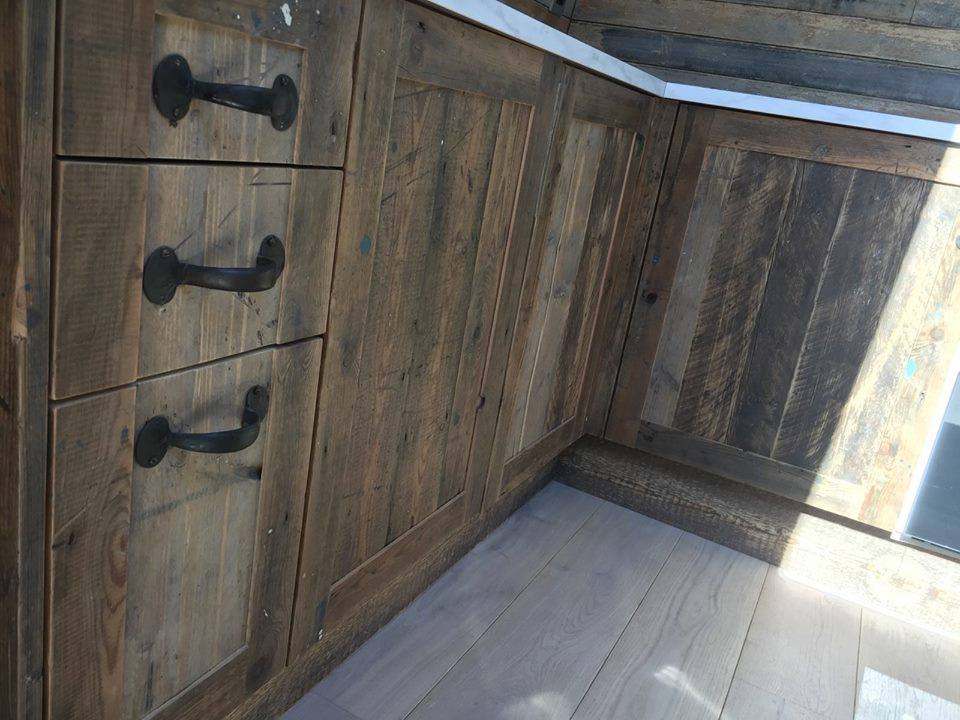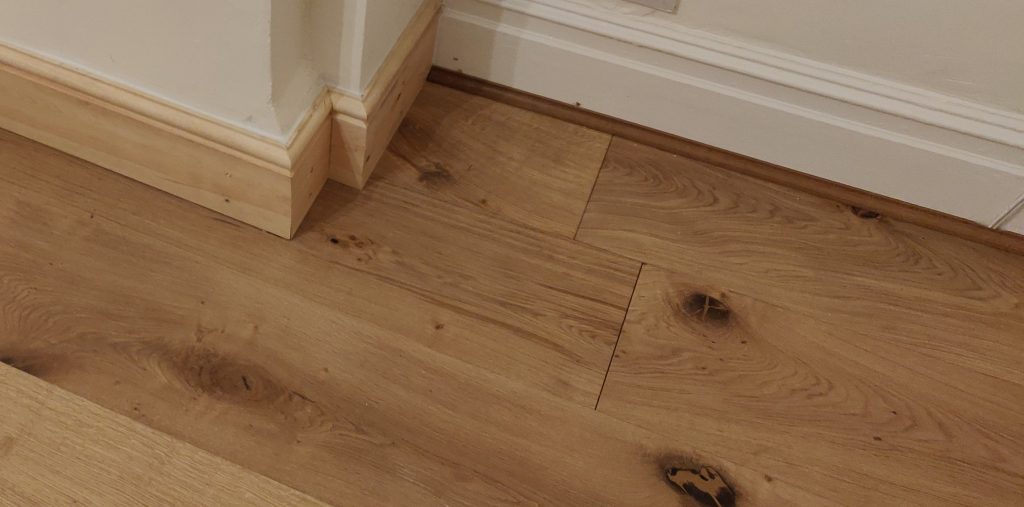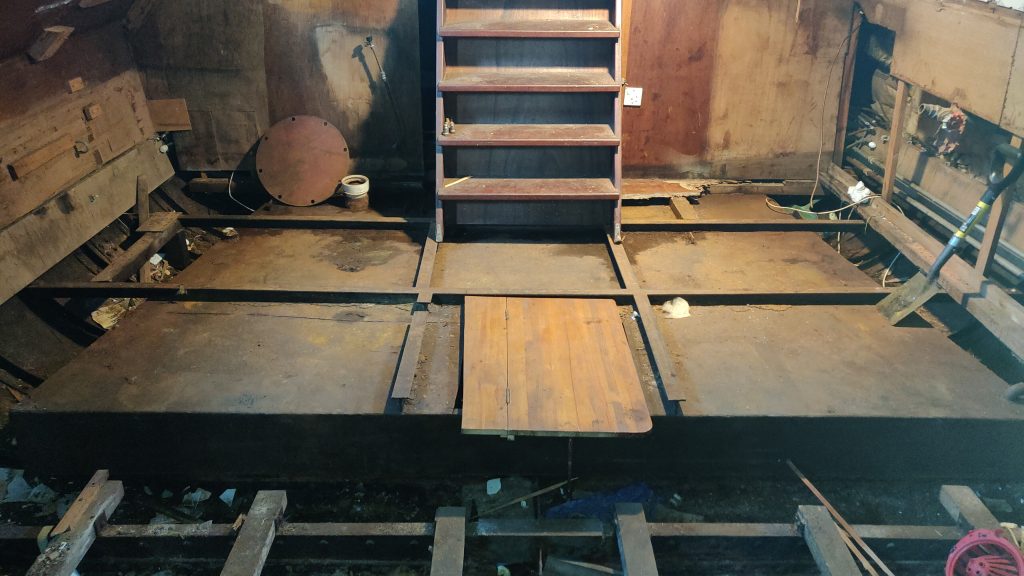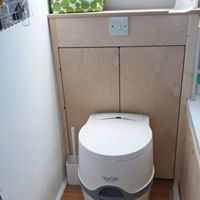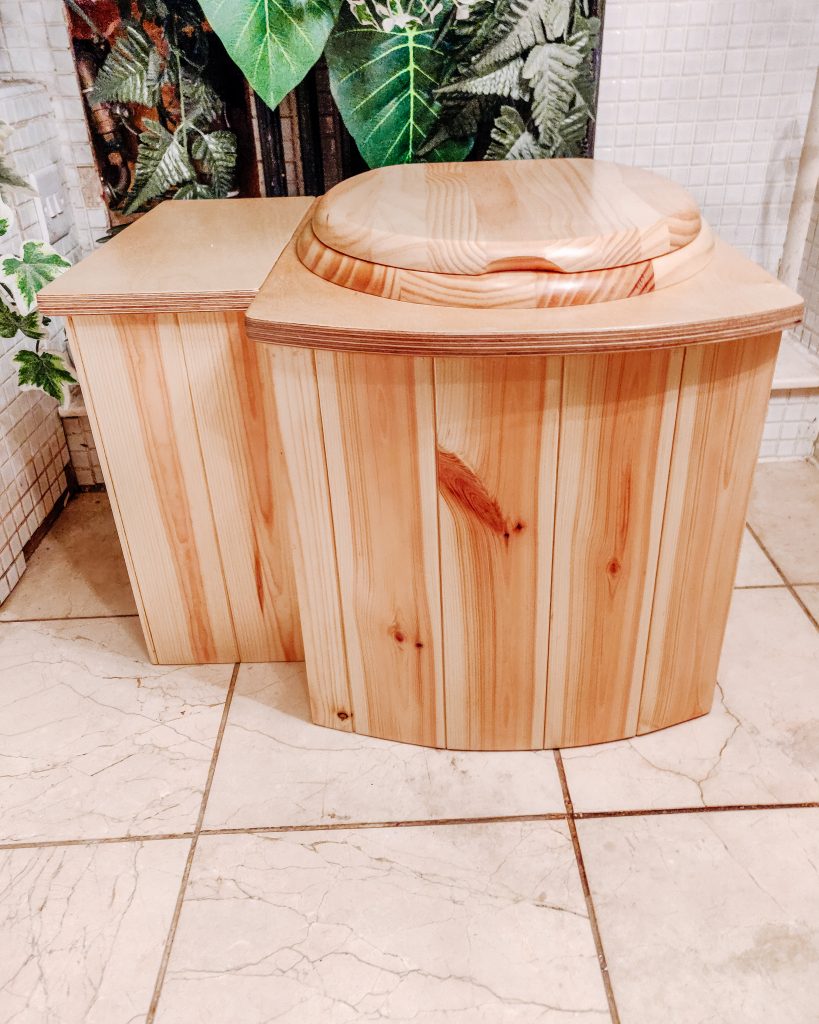Fore Sail/For Sale
Well, the less marine based puns the better, lord knows I don’t want to expose my shocking lack of knowledge of sailing. Carpentry, cabinetry, tiling, boat fitting in general. Of the many things I do know about I must admit that actual sailing, sadly, is not one of them.
This post is nothing to do with that so, moving swiftly on, today’s blog will be a little bit about readying boats for sale (not sail, if you go out in to open waters with a narrowboat then best of luck to you, but it is a seriously silly idea unless very well prepared). I do hear people talk about flipping boats in the way they do houses, and you can probably make a few quid doing this. However, unless you are doing the labour yourself and can add value at a greater per hour rate than you’d earn doing your day job then I would be wary of looking at boat renovation as any kind of gold mine
That said, people will want to sell boats. Be it a project that has come to an end, moving on to a different boat or, heaven forbid, on to land, perhaps you’re going to move in with a partner and you’ve lost the coin toss and your boat is the one to go under the hammer. Whatever the reason, you may be looking at sprucing up your boat pre-sale to either add value or improve saleability.
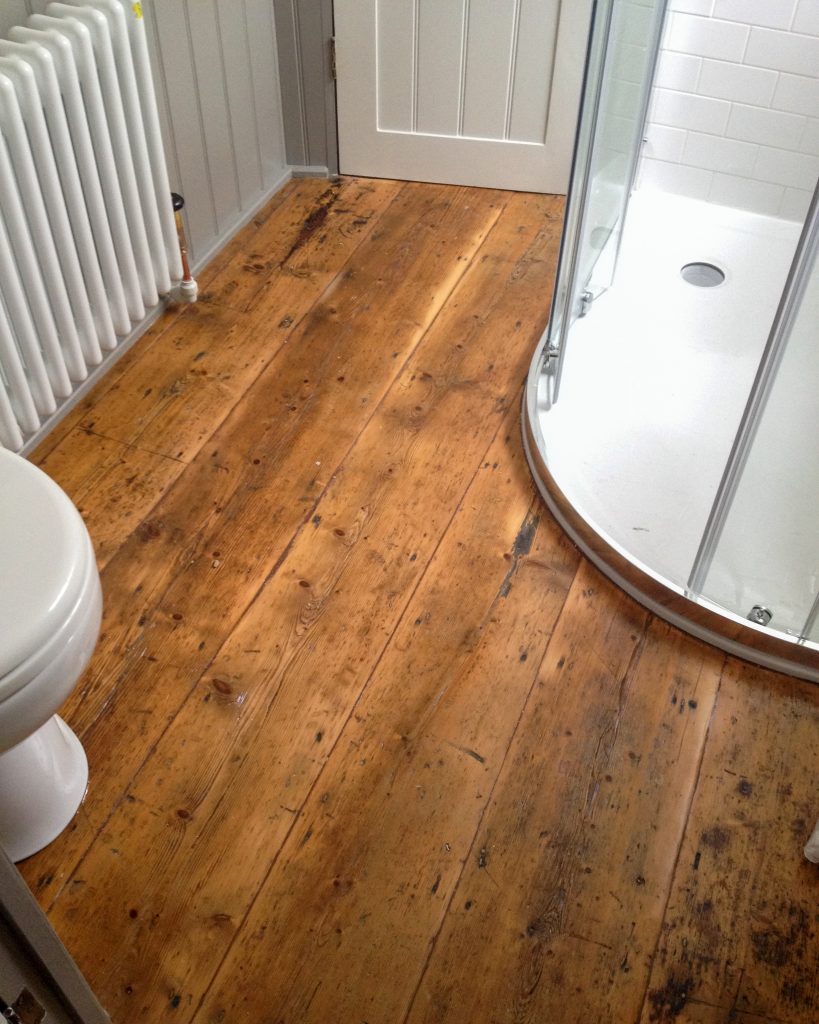
The most important thing is going to be the same as with any house or flat and that is declutter. We all know boats aren’t the mot spacious places to live so best to maximise what space you have. If it’s full of your junk, then it’s never going to look appealing. So, get us much out as you can, get it organised, get it clean and clear and you’ll be halfway there.
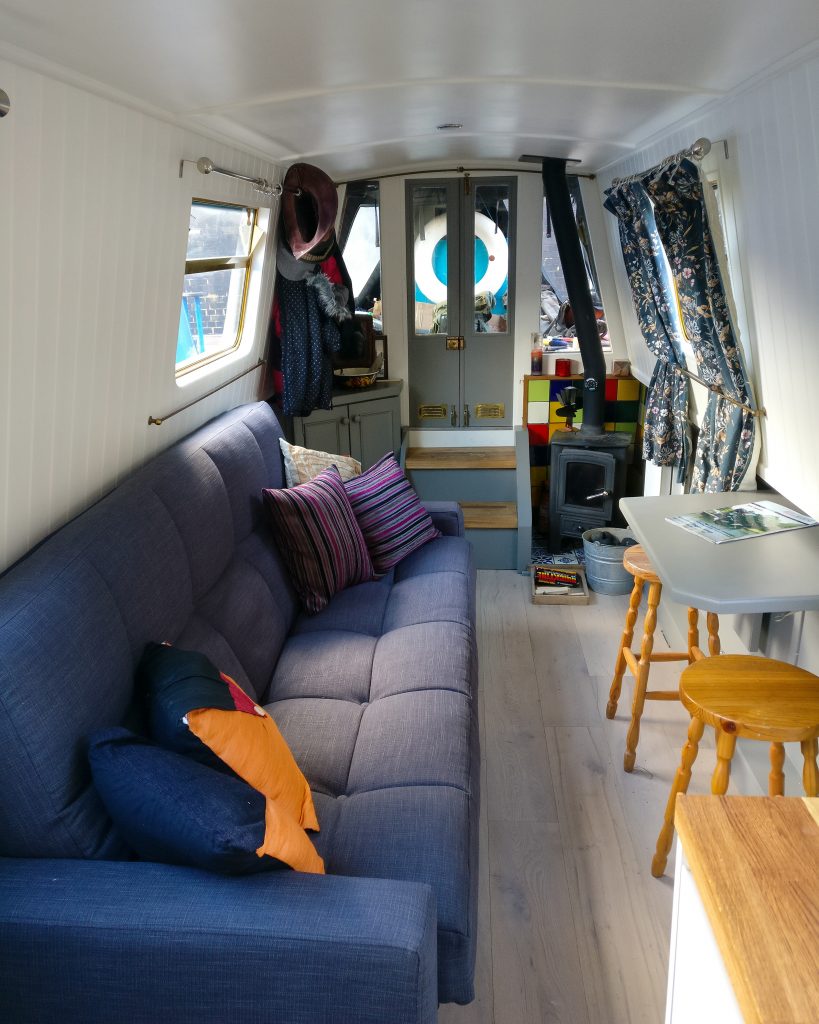
The cheapest fix and the easiest, for those with less advanced DIY capabilities, is a good coat of paint. While I wouldn’t suggest trying to cover a boats problems with a layer of emulsion (for a start it’s a boat, let’s push it out and go acrylic ay?) simply repainting the interior can go a long way to brighten and revitalise a space. The veneer throughout look can seem very dated and the yellow varnish and stained walls will often look great with a decent bit of redecoration. If the veneer and trims still look good then a wood and paint mix, e.g. panels painted and trims left or an above below gunwale split, can give a much more modern look but retain an aquatic favour
If you’re going to do further improvements, then I would suggest leaving the painting till last. You don’t want to ruin your good work with a load of other work going on. For my money then paint/varnish is the final thing, the icing on the cake.
Look at how you’re using your space. People love some clever storage. What about some chunky floating shelves or a new cupboard to use a dead space? When I first moved on to a boat I was amazed at how my van load of possessions quickly disappeared in to the nooks and crannies of a boat. Again, if you’ve got cupboards and shelves a plenty, why not repaint tired old doors, keep it simple, or, add some colour. White and white is the rule for houses but I think that a bit of character sells a boat. People aren’t looking for that same beige life experience that they want with a half million one bed flat in Hackney (75% now sold, buy buy buy!!)

For those of a more daring disposition then the real gems of a boat are often the bathroom and kitchen. Done well they really make a boat, if they are damp, mouldy and smelly then there is nothing surer to send a canny purchaser running for the hills. It is a bigger endeavour to redo a whole bathroom or kitchen but there are some easier fixes if you don’t want to rip everything out and start again. Replacing the kitchen doors, worktop and sink and you have a new kitchen. New tiles and a new vanity unit in the bathroom and it can look like a whole new room.
I do feel that if you are getting somebody in to do the work then you are unlikely to add more value to the boat than you are spending, it is just the same in houses. Good quality work is not cheap and while it will increase the value of the boat you shouldn’t expect to make a great net gain. That said, what you can get is greatly improved saleability. With the market in boat sales having taken a slump over the last year (anecdotal only, don’t expect me to back this view with evidence) then having something to make your boat stand out can help get it off the shelf. The world and her wife are all in the boating game these days and the number of boats for sale in London and round the country seems to be increasing near exponentially.
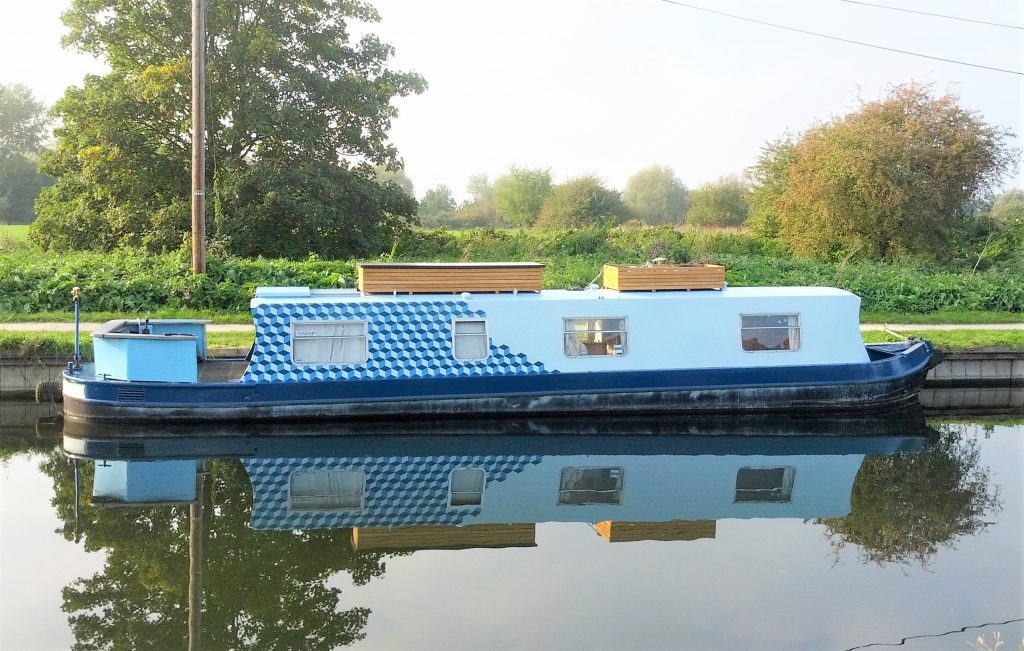
When I bought my boat I fell in love with the head room, the feel, the value and the ‘well put togetherness’ of it. I looked at hundreds of boats online and tens in person before finding the one for me. I don’t know if I’ll ever finish it, let alone sell it (edit: since writing I’ve made good progress, possibly helped by sharing her with a partner these days.) Should I sell I know I’ll never recoup the value of all the hours I have put in. I shouldn’t say, but at the end of the day I think a lot of us would rather sell to somebody who we think is going to love our boat the way we did, over the person who is going to pay the most. Still, we do what we can to try and get value for what we are offering and boating is becoming more and a more a commercialized area.
Final thought, pick your battles and make it stand out. Do what you can yourself, that which you can’t get an expert to do it well. Quality shows and people love boats in a way that I feel houses rarely achieve. We all hear the horror stories of people buying lemons but most people selling boats are decent and most people buying them are looking to love and own that boat for many years to come. A well looked after boat with a few stand-out features is always going to have value.
Happy boating!



